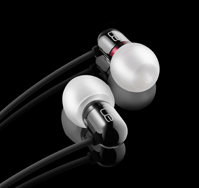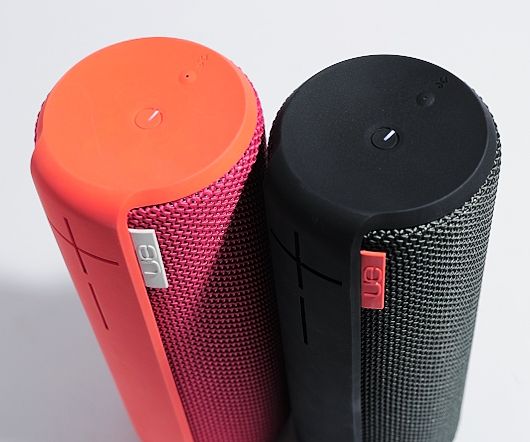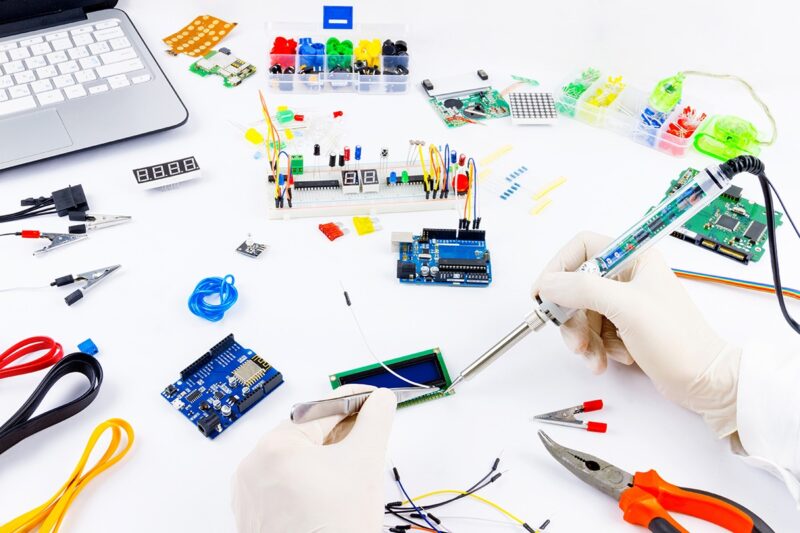In November of 2014 the FirstLink team was tasked with design, implementation and deployment of a comprehensive automation system to enable the Engineering and Quality Assurance teams for Logitech’s UE Boom Software for Ultimate Ears to design and run regression test suites.
A little bit of history
Ultimate Ears was founded in 1995 by Mindy and Jerry Harvey, and acquired in 2008 by Logitech. Ultimate Ears created a new market for the in-ear monitor (IEM), which is today used by most of the world’s top touring musicians.

The prototype earpiece contained two tiny speaker drivers. The high low frequency driver was one used to warn pacemaker wearers of internal problems.
Other band members caught on and the rest is history, Harvey made sets for other bands, Englebert Humperdinck, and finally set up a company to supply the likes of The Rolling Stones and the Red Hot Chili Peppers.
After going on tour with Linkin Park to connect with touring musicians, he saw the popularity of iPods and other mp3 players, and in 2004 decided to offer a consumer model of Ultimate Ears at a price of $550, and after being acquired by Innovate Partners grossed over $10 Million at $250 a pair in 2006.
Ultimate Ears was acquired by Logitech in 2008, and in 2013 entered the portable wireless consumer speaker market with UE Boom.
FirstLink Role – the Technology
The general mission of was to design, implement and deploy a comprehensive automation system to enable the Engineering and Quality Assurance teams to design and run regression test suites.
The technology made heavy use of the Bluetooth Standards and profiles both standard and Bluetooth Low Energy for audio streaming and wireless control of the device, field firmware update, and music streaming. USB technology was used extensively as a means to debug, control and update the firmware of the device.
The system was build around a collection of Python 3.4.3 modules and packages and also involved the development of shared libraries in C and C++ and addressed the following:
- USB Interface
- Bluetooth Interface (idem)
- SPI utilities (idem)
- Audio Fingerprinting
- Audio Quality assessment.
- Database Of Test results
- HTML report generator
- Continuous Integration of Software (jenkins, hudson)
- Management of Git repositories







